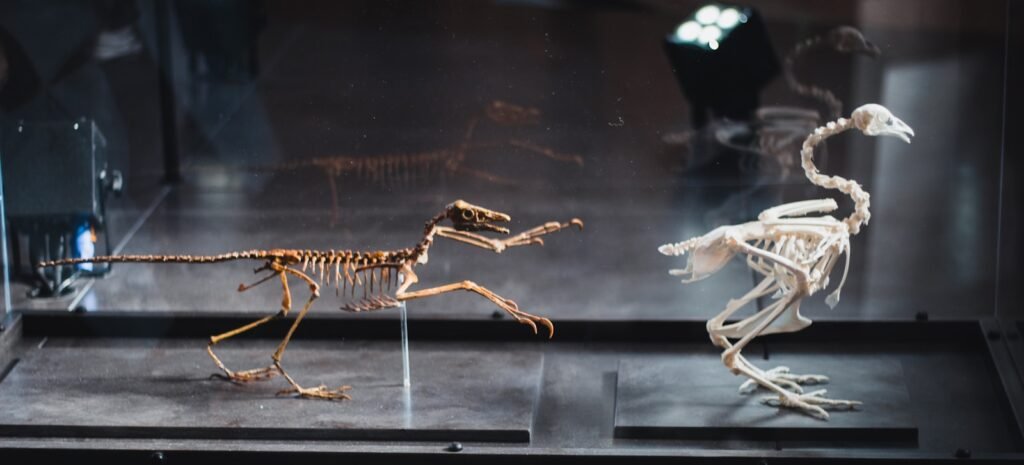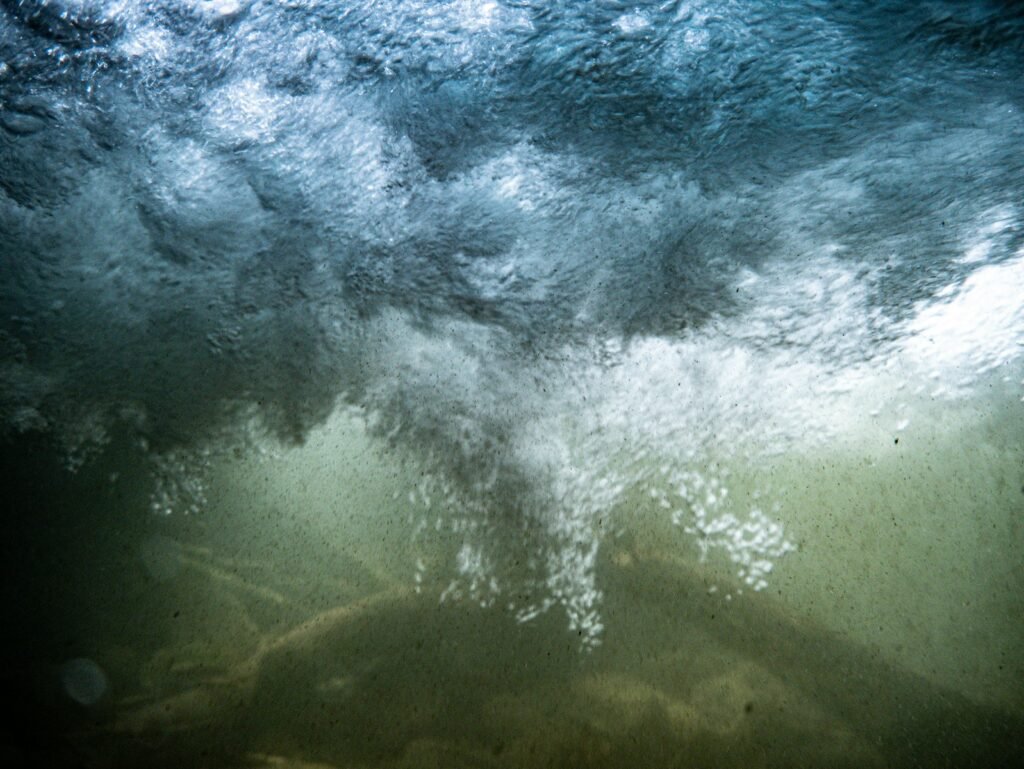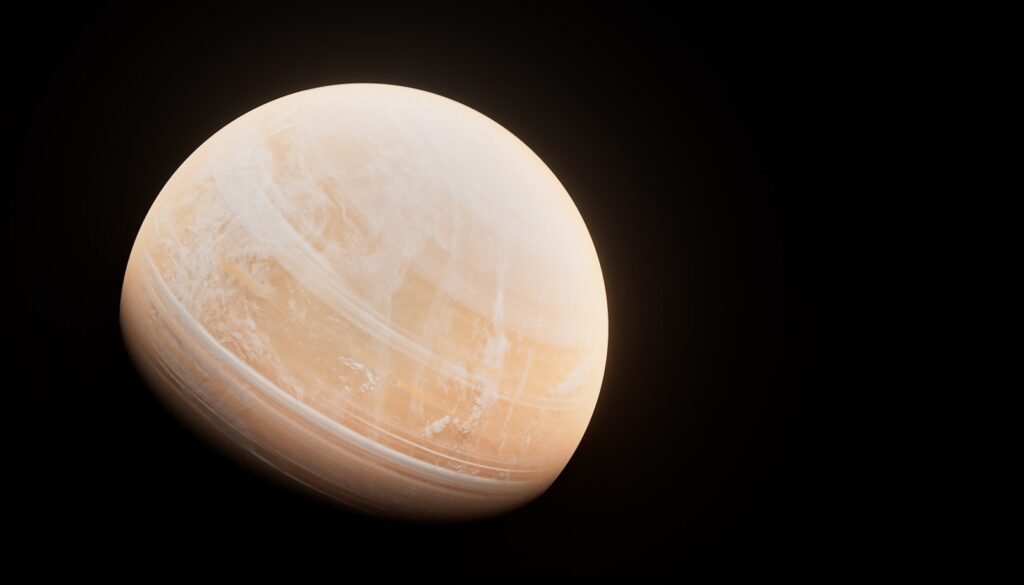I still remember the brittle snap of shale under my boot as the midday heat turned the valley into a mirage. A field assistant lifted a thumb-sized fragment from the dust, just another bone chip to the untrained eye. By sunset, it had become a clue that bent an old map of deep time, hinting at an ecosystem no one expected here. That’s the allure – and the trap – of paleontology: the past gives us breadcrumbs, not road signs. Today’s fossil hunters are part detective, part engineer, part diplomat, piecing together stories with tools that didn’t exist a decade ago while navigating fragile landscapes and human expectations.
The Hidden Clues

A single tooth can redraw a vision of ancient life more than a full skeleton in the wrong place ever could. Enamel records chemical whispers from vanished rivers, while microwear scratches point to meals eaten on a long-extinct Tuesday. Even sediments encasing the bones carry traces of pollen, ash, and microscopic shells that anchor lives to seasons and climates. What looks like dirt becomes a layered diary, once you learn how to read it.
Fossil hunters chase these small signals because big bones often lie to us with their drama. A skull can drift far from where an animal lived, but grains of dust rarely wander without telling on the wind. The craft is in extracting meaning without forcing a story the evidence won’t support. That humility – working with what nature left, not what we wish it left – separates lasting discoveries from attractive myths.
From Ancient Tools to Modern Science
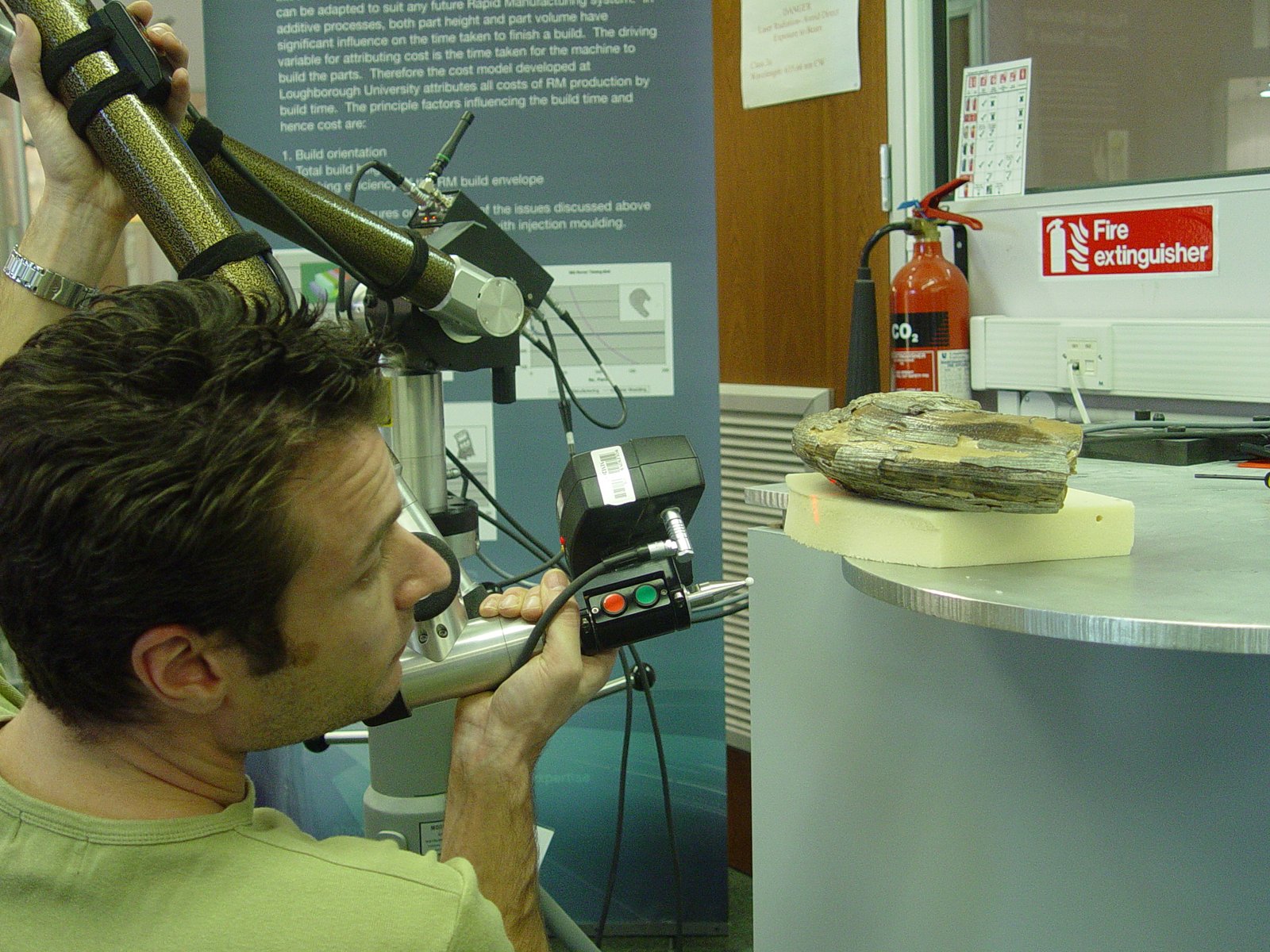
The toolkit has evolved from brushes and plaster to drones, ground-penetrating radar, and high-resolution satellite imagery. Teams survey landscapes in hours that once took months, flagging subtle color changes and erosional lines that betray a buried bone bed. In the lab, micro-CT scans reveal growth rings, blood vessel canals, and the architecture of stress within bone, the internal scaffolding that holds clues to movement and metabolism. Those images replace guesswork with measurable structure.
Geochronology turns these stories into timelines, using argon in volcanic ash or uranium in minerals to bracket the age of layers with remarkable precision. Protein and collagen analyses occasionally survive long enough to map evolutionary relationships where DNA cannot. Each method carries limits and caveats, but together they act like overlapping nets, catching truth from different angles. When multiple lines converge, confidence rises and the past sharpens into focus.
Field Notes: Dig Sites as Time Machines
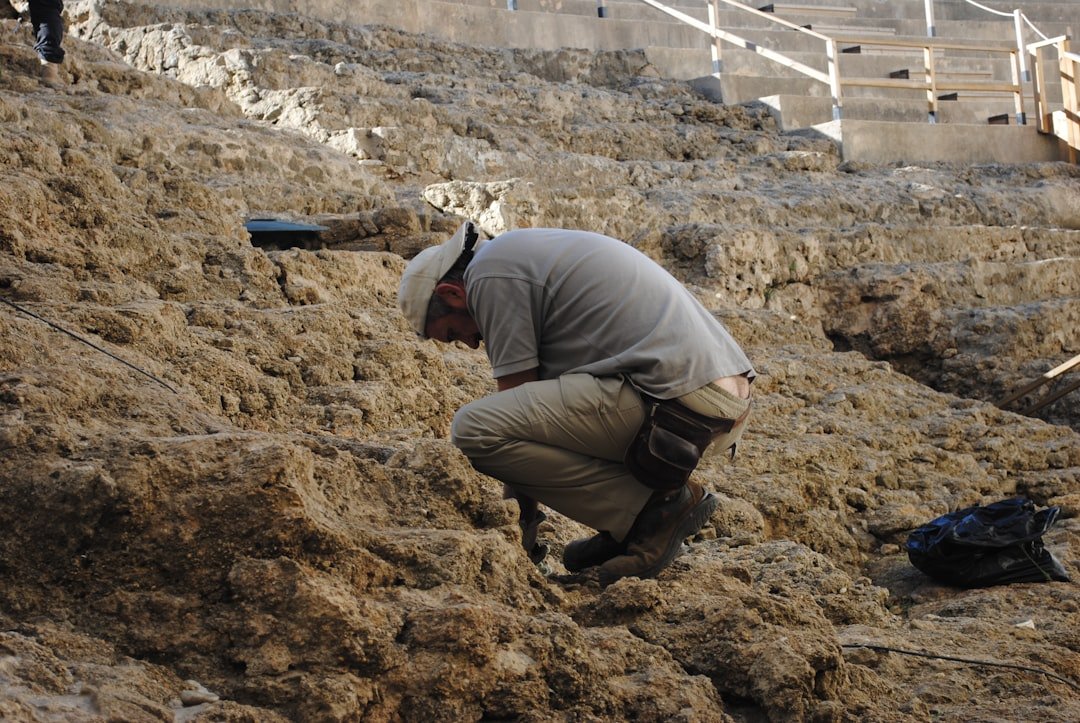
A good site is never just a hole in the ground; it’s a system. Fossils don’t appear randomly, they concentrate where waters slowed, dunes set, or ash fell, so prospectors read the land the way sailors read a sky. Layers speak of floods and droughts, of lakes that winked in and out with ancient climates. Even footprints and burrows, those fragile signatures of motion, can survive as stone if sediments protected them fast enough.
What follows is careful choreography: mapping every bone in place, sifting sediments, bagging samples with maddeningly specific labels. The best teams move slowly because context is gold; once you remove a bone, you can never put it back in time. And when storms threaten, triage kicks in – protect the vulnerable, document the rest, return when nature allows. It’s not glamorous, but it’s how fragments become a narrative you can defend.
Reading Bones: What Morphology Reveals

Form reflects forces. The thickness of a limb bone, the angle of a joint, the texture at muscle attachment sites – these are engineering problems wrapped in biology. Cross-sections expose load paths like stress maps in a bridge, pointing to how an animal walked, ran, or climbed. Teeth, meanwhile, are master storytellers, dividing browsers from grazers and generalists from specialists with microscopic honesty.
Comparative anatomy carries the plot further, lining up homologous structures across living and extinct relatives to test evolutionary ideas. But morphology can mislead when different species converge on similar solutions; fins, wings, and hooves have evolved more than once. That’s why measurements now travel with statistical models that pit hypotheses against data. In that tug-of-war, the most resilient story isn’t always the flashiest one – it’s the one that survives being wrong on the first try.
The Invisible Evidence: Isotopes, Microfossils, and Ancient Chemistry
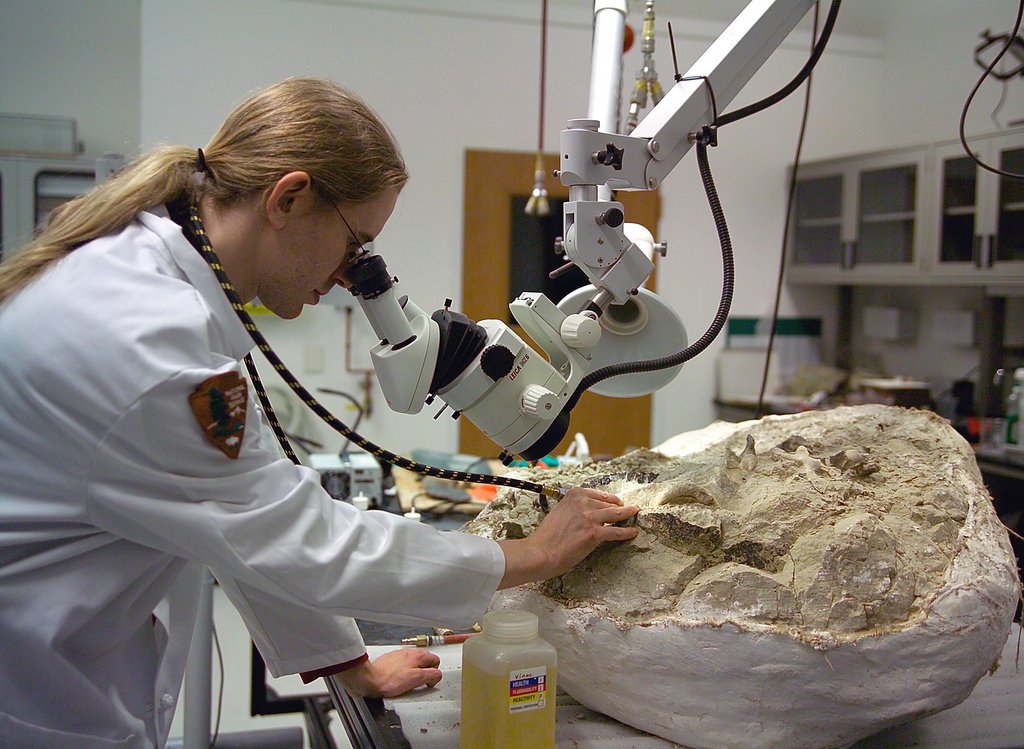
Beyond the visible, isotopes in bone and tooth enamel act like tiny thermometers and rainfall gauges, locking in signatures of drinking water and diet. Ratios of oxygen tell us about climate and elevation, while carbon distinguishes between types of plants and, by extension, the habitats that supported them. Strontium can even trace migrations by matching geological fingerprints across landscapes. Put together, those lines turn static skeletons into moving lives.
Microfossils fill out the backdrop: spores, diatoms, and foraminifera reconstruct lakes, soils, and oceans at postcard resolution. Mineral coatings reveal episodes of burial, groundwater flow, and chemical alteration that help separate original signals from later overprints. Coupled with spectroscopy and trace-element scans, scientists can flag contamination before it derails a conclusion. It’s quiet work – numbers, not headlines – but it’s where many of the strongest claims earn their backbone.
Why It Matters
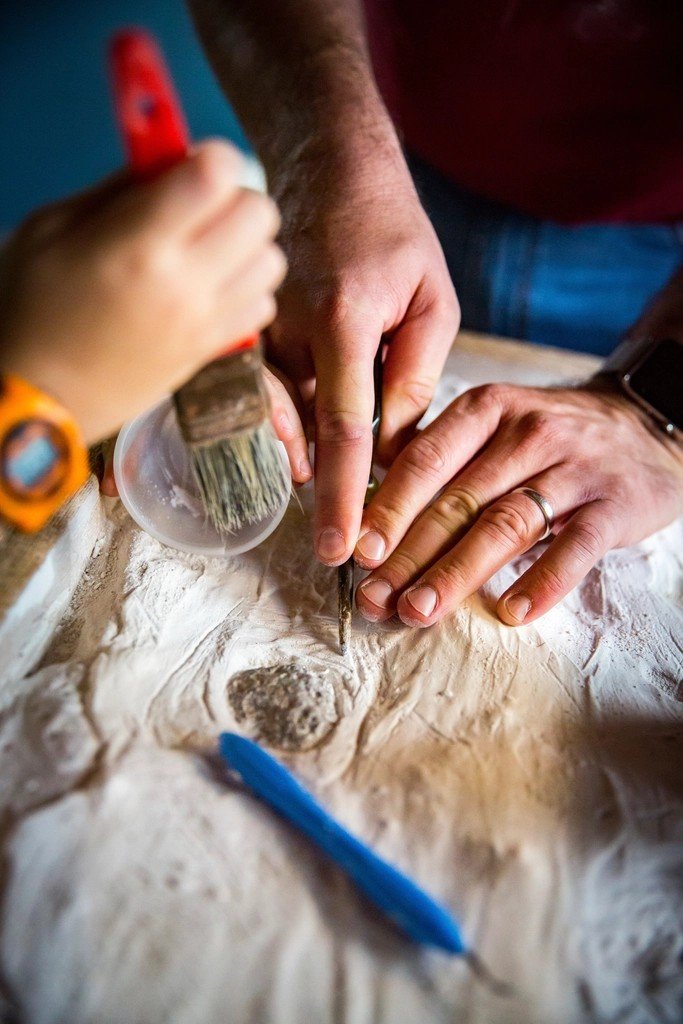
Fossils aren’t just about monsters; they are baselines for a planet in flux. Past warm spells, extinctions, and recoveries show how ecosystems reorganize when conditions lurch, and how long that healing really takes. Today’s conservation plans lean on that history to understand resilience versus tipping points, especially in drylands and coastal systems where change bites fastest. Without deep time, we confuse novelty with normal.
There’s a human thread, too. Fossil sites intersect with Indigenous knowledge, local livelihoods, and national heritage, forcing hard conversations about ownership and access. Done well, paleontology becomes a bridge – jobs, education, and pride built around careful stewardship. Done poorly, it becomes extraction. The stakes aren’t theoretical; they’re etched into both landscapes and communities.
Global Perspectives
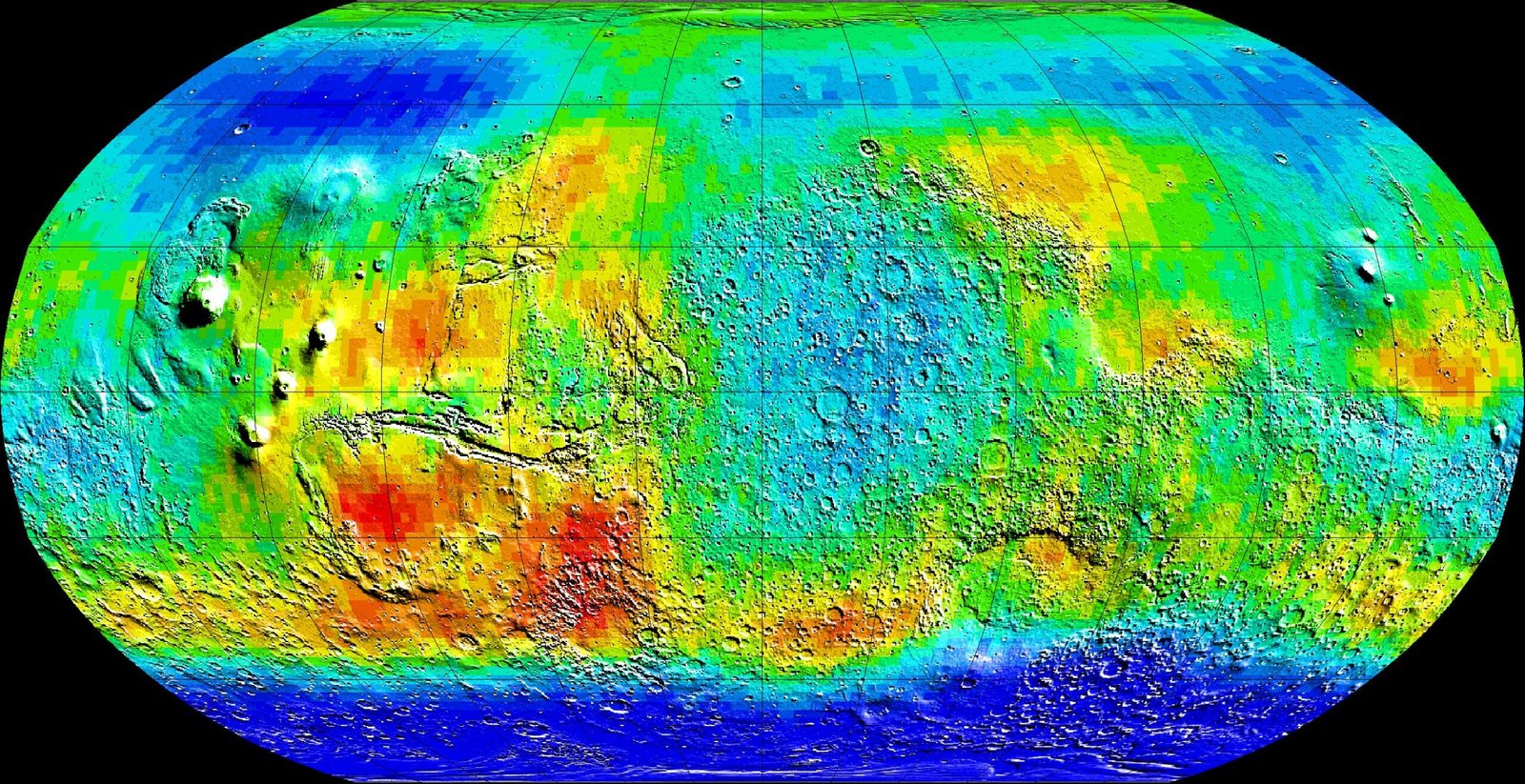
The map of discovery keeps expanding as logistics, training, and partnerships grow beyond a handful of traditional hubs. Desert basins in the Southern Hemisphere, rapidly eroding polar coasts, and high plateaus in Asia are rewriting timelines for key groups, from early mammals to marine reptiles. Cross-border collections and digital sharing let researchers interrogate specimens without flying thousands of miles, leveling the field for teams with fewer resources. That widened lens changes which questions get asked.
Local laws and ethics frameworks are maturing in parallel, prioritizing in-country repositories and co-authorship for scientists closest to the ground. Community co-management reduces looting and builds trust, turning neighbors into guardians of sites that might otherwise vanish under bulldozers or black markets. As capacity grows, so does the diversity of ideas – fresh hypotheses rise when new voices set the agenda. In science, that’s not a courtesy; it’s a catalyst.
The Future Landscape
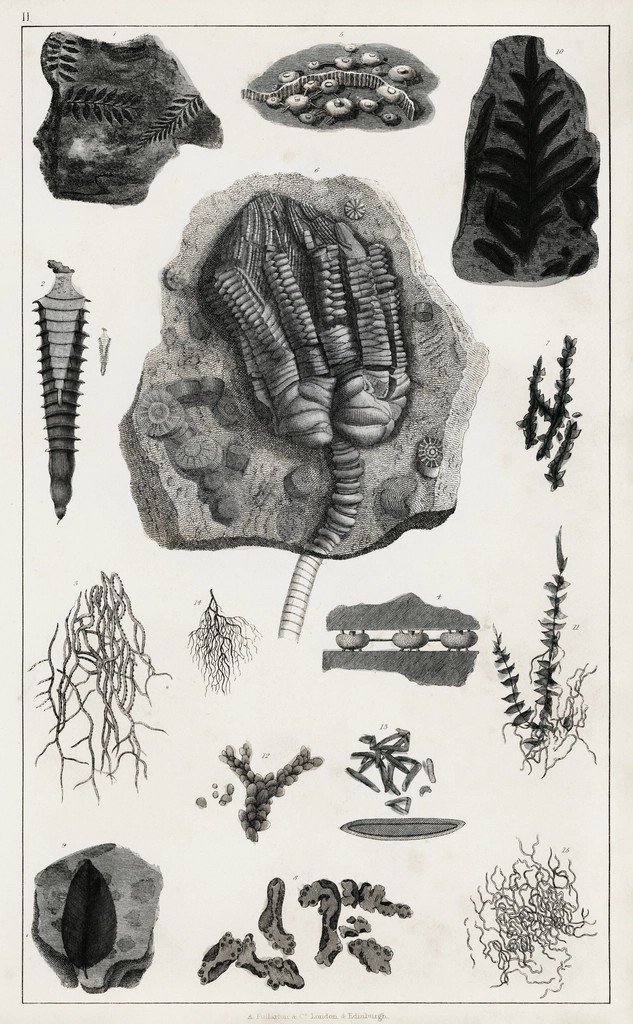
Artificial intelligence now sifts satellite archives for subtle patterns that hint at fossil-rich strata, making reconnaissance faster and less invasive. On site, handheld spectrometers and tablet-based mapping cut error rates and push decisions into real time, while ultra-portable CT units let teams peek inside blocks before risking a single chisel blow. In the lab, machine-learning models compare morphology and microstructure across vast datasets to test evolutionary pathways at scales a single career couldn’t touch. The tempo of discovery is rising, but so is the need for skepticism.
Climate change will complicate everything, exposing sites through intensified erosion even as storms destroy them before teams can respond. Permafrost zones will yield treasures and heartbreak in equal measure, with preservation racing thaw under unpredictable seasons. Funding and carbon footprints will demand leaner expeditions, more regional training, and better digital pipelines. The winners will be the teams that unite speed with rigor, sharing data openly without outrunning their own quality control.
Conclusion

If this world of deep time pulls at you, there are simple ways to help without a passport or a pickaxe. Support museums and public collections that safeguard fossils and teach the next generation to read Earth’s memory honestly. Join local geology clubs or citizen-science efforts that document erosion and report finds the right way, preserving context that’s too easy to lose. Ask exhibitions where specimens came from and how communities benefit, because transparency shapes better science.
Consider backing field schools and scholarships that widen access for students who rarely see themselves in the fossil record’s storytellers. When news breaks about a spectacular find, look for the methods behind the headline – the scans, the chemistry, the stratigraphy – and celebrate the slow, careful work. In a century hungry for instant answers, patience and precision are radical acts. Did you expect bones to teach us that?

Suhail Ahmed is a passionate digital professional and nature enthusiast with over 8 years of experience in content strategy, SEO, web development, and digital operations. Alongside his freelance journey, Suhail actively contributes to nature and wildlife platforms like Discover Wildlife, where he channels his curiosity for the planet into engaging, educational storytelling.
With a strong background in managing digital ecosystems — from ecommerce stores and WordPress websites to social media and automation — Suhail merges technical precision with creative insight. His content reflects a rare balance: SEO-friendly yet deeply human, data-informed yet emotionally resonant.
Driven by a love for discovery and storytelling, Suhail believes in using digital platforms to amplify causes that matter — especially those protecting Earth’s biodiversity and inspiring sustainable living. Whether he’s managing online projects or crafting wildlife content, his goal remains the same: to inform, inspire, and leave a positive digital footprint.

